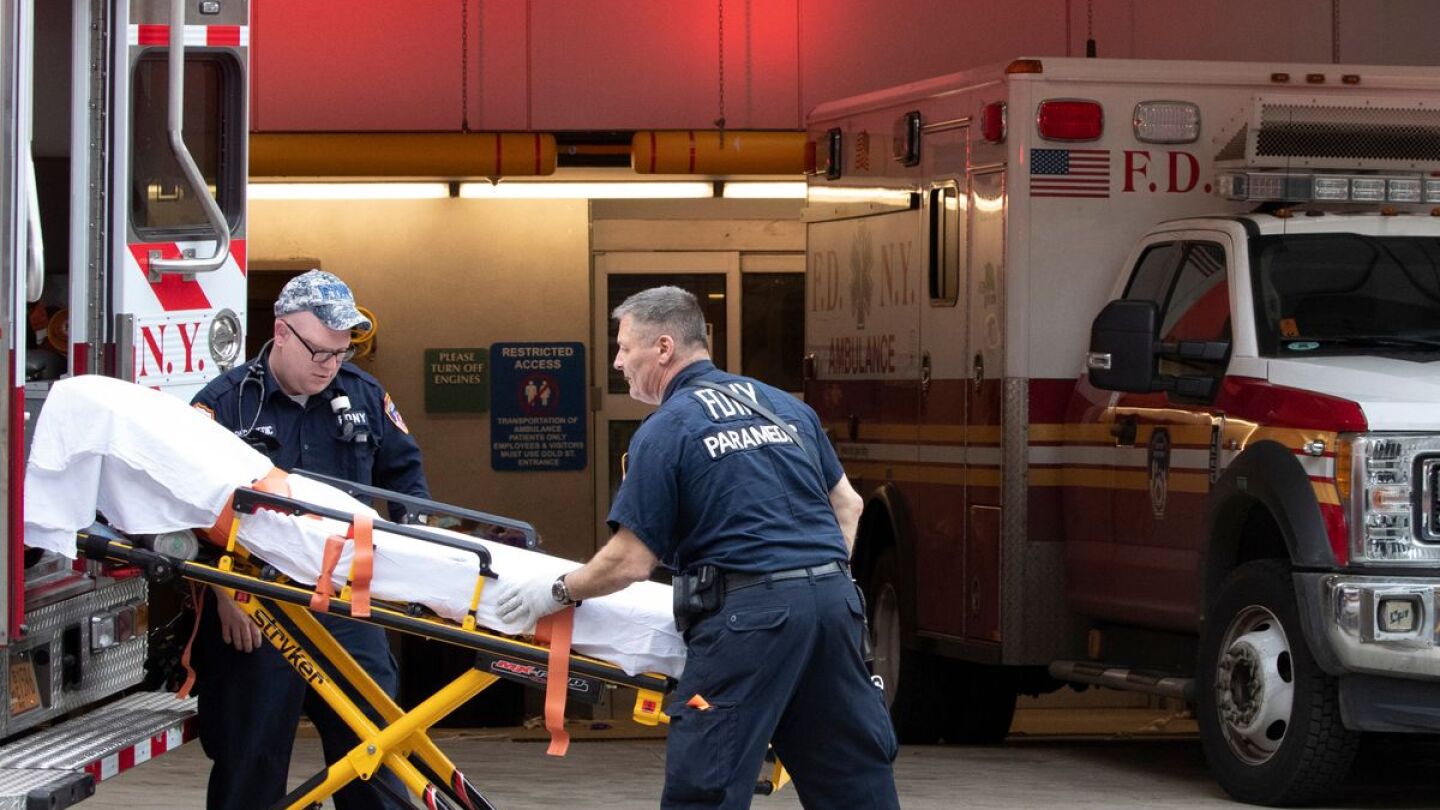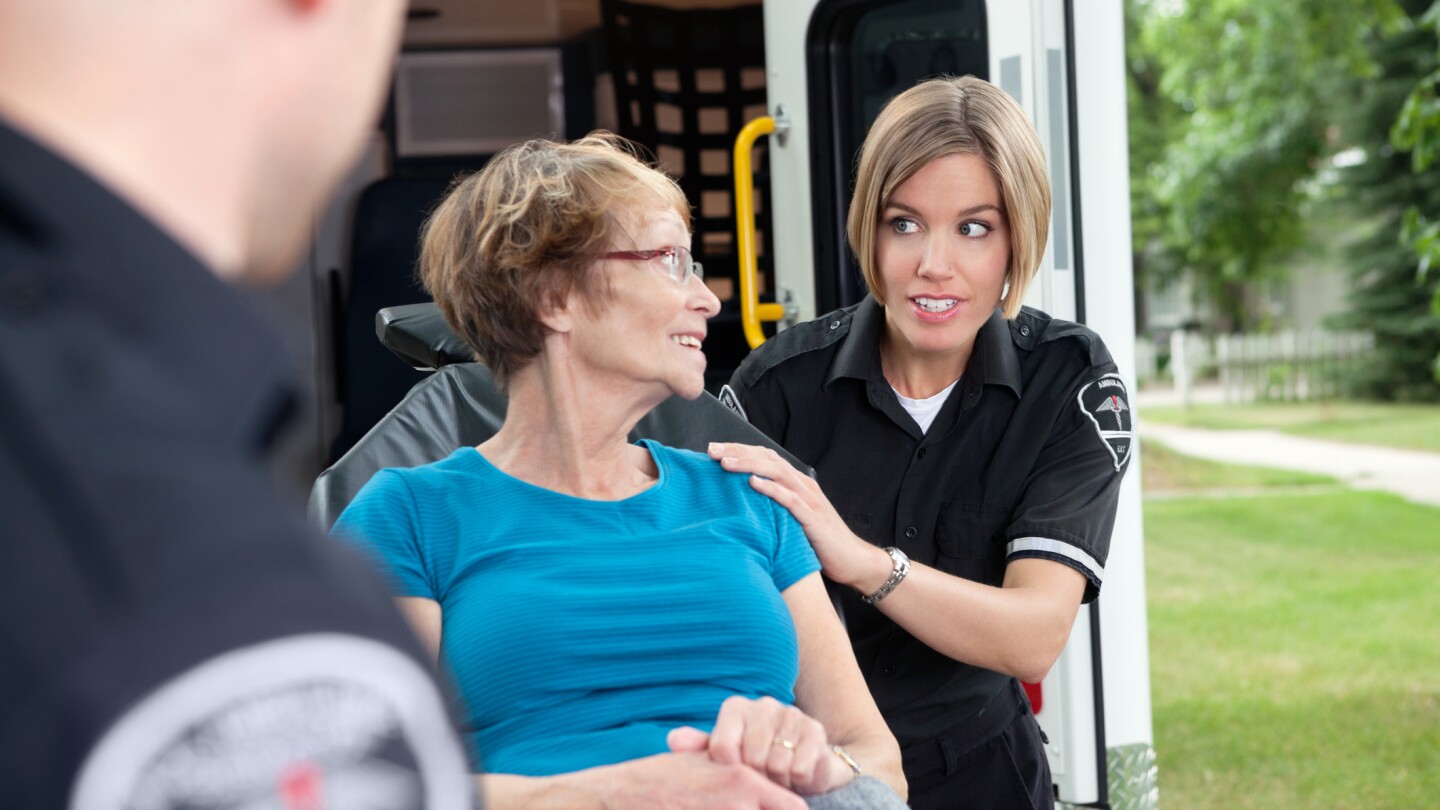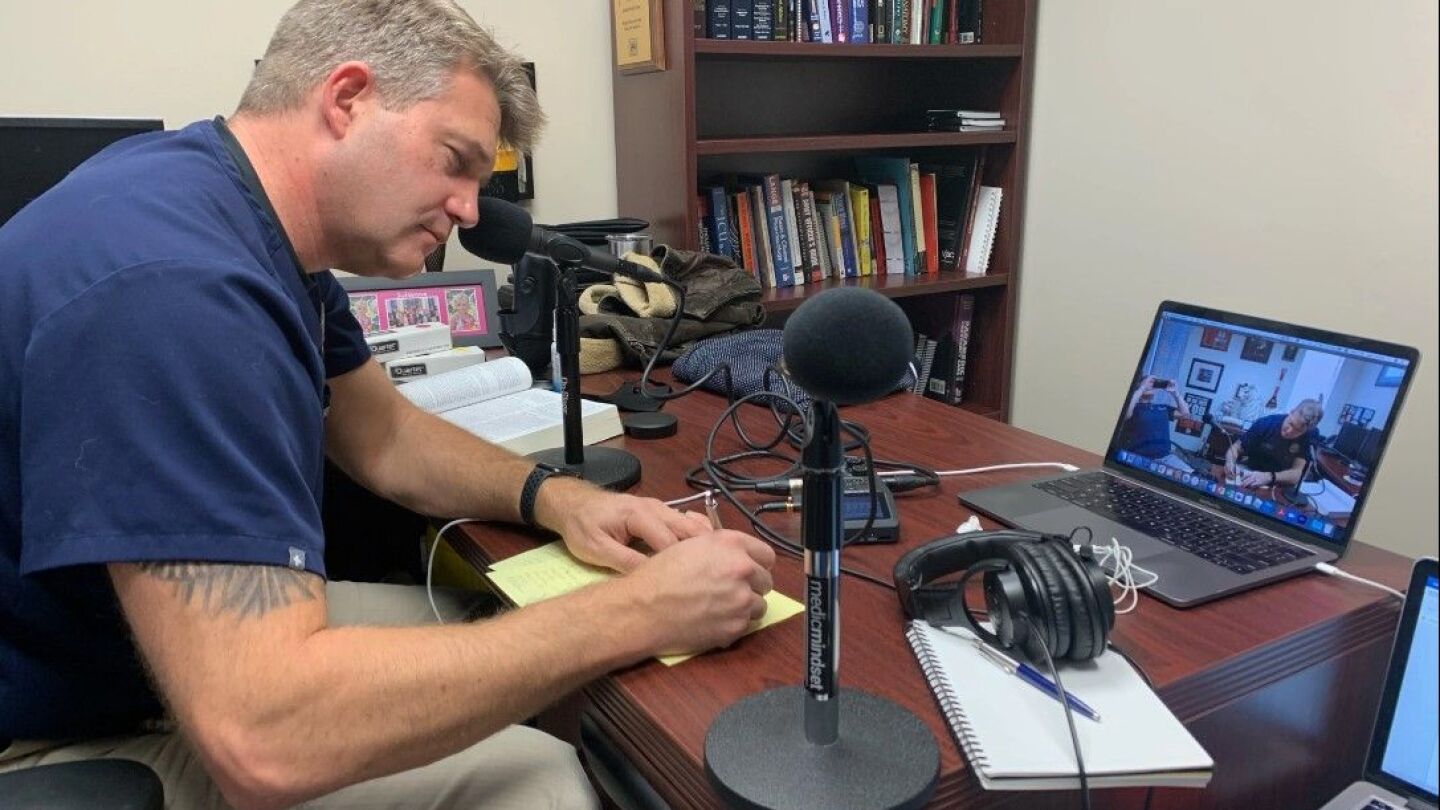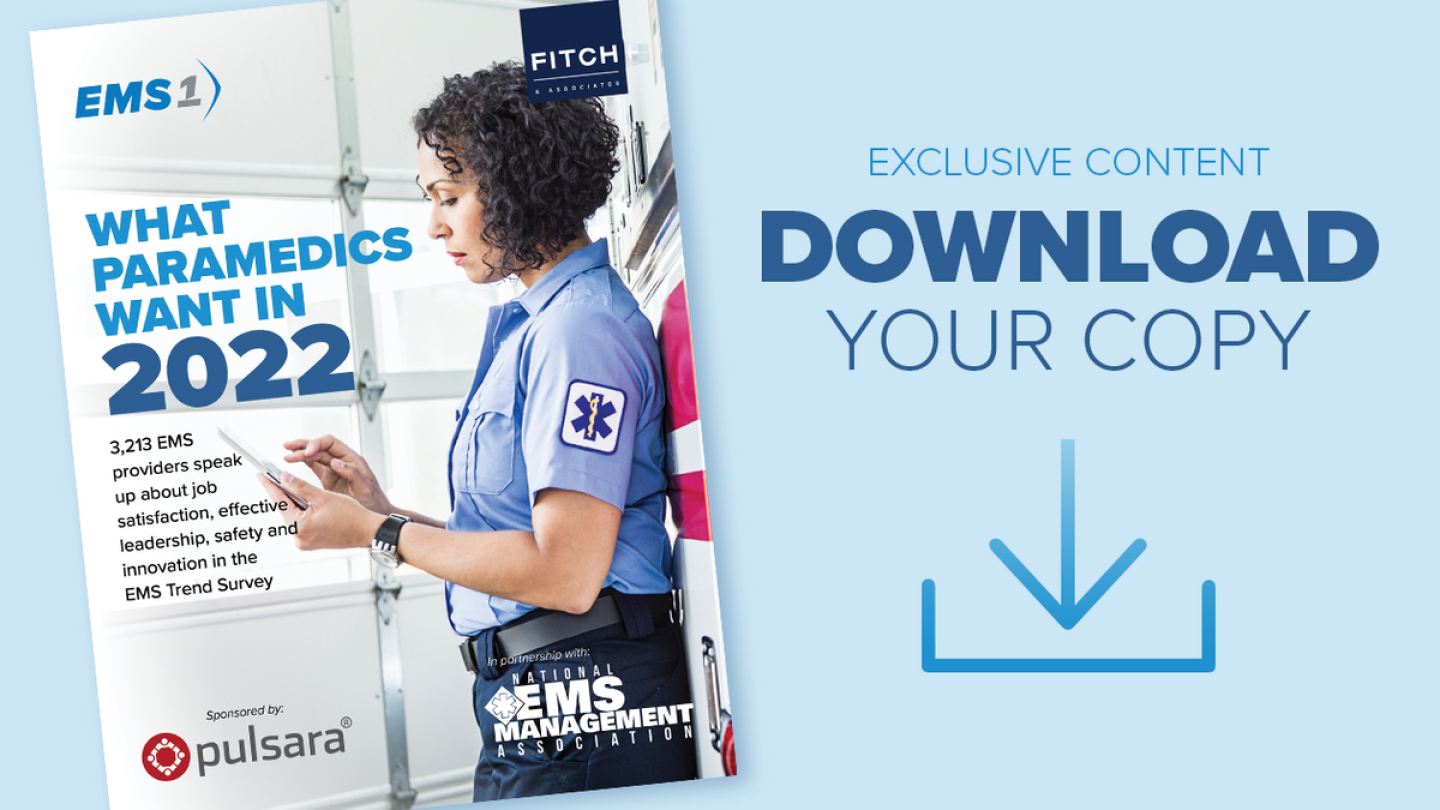Patient Assessment
Patient assessment is the process an EMT or paramedic follows to evaluate an injured or ill patient. The process includes a scene size-up, which is the identification and mitigation of risks, a primary assessment to find and fix life threats and a secondary assessment to perform a focused history and physical exam of the patient. Each step is an opportunity to collect information that will guide treatment and inform a transport decision. In the EMS1 Patient Assessment topic find the latest news about patient assessment and top resources to improve your patient assessment skills.
Managing high-risk/difficult refusals with the FEARS mnemonic
Four distinct events must occur in order for an anaphylactic reaction to manifest
Skilled actor patients offer a practical, impactful way to teach EMS providers respect for diversity, enhancing critical thinking, interpersonal skills and public trust
Effective clues to great communication and patient history taking
Montgomery County Hospital District evaluates prehospital NTG feasibility, effectiveness and safety for pulmonary edema
Are you fluent in medical shorthand? Check out this list of abbreviations and download a copy of PDF flashcards to test yourself
During a welfare check, the firefighters found a woman who appeared to be deceased and reported this to a doctor, but neither had assessed the patient
Maryland physician describes the current pediatric bed crisis as “far worse than the worst days of the adult critical care bed crunch during COVID”
A new program in Ontario is training paramedics to care for palliative patients
How do medical directors and educators support EMS clinicians in developing practices that improve the diagnostic process?
Gainesville Fire Rescue’s Krista Ott and David Sutton share how to tell your story to stakeholders
Alameda County Fire Department crewmembers assessed the grocery store for hazards and treated the injured people
It is in our healthcare system gaps in coverage where the community paramedic lives and can show their worth
Learn how the condition, which impacted Actor Ashton Kutcher’s vision, hearing and equilibrium, can present when symptoms are severe
“EMS is a privilege that has been entrusted to you for safekeeping”
Comparing the efficacy of analgesics to reduce acute pain in the prehospital setting
While every situation is different, most people are more receptive to a sympathetic approach than an authoritative command
Dr. JR Pickett examines the difference between a thoracic aortic dissection and an abdominal aortic aneurysm
3,213 EMS providers speak up about job satisfaction, effective leadership, safety and innovation in the EMS Trend Survey
The path of the disease is unknown, but more than 2,400 U.S. cases have been reported as part of an international outbreak that emerged two months ago
In this week’s photo, MinXray and Qure.ai demonstrate digital radiography equipment at a base camp in Nepal
“The problem here is not that the providers were making a diagnosis, it’s what they were doing with the diagnosis”
How to differentiate between a stroke and the viral infection Justin Bieber is suffering from
A Dallas Fire-Rescue spokesperson said the paramedics were placed on administrative leave before the police department released body cam video
Is a systolic of 200 an emergency in itself?
A Jacksonville Fire and Rescue Department EMS report shows Daniel Taylor was conscious when medics arrived to treat him after a fight with corrections officers
Governor signs bill prohibiting Arizona’s EMTs from persuading patients into not going to hospital
Ketamine versus haloperidol and benzodiazepine or physical restraint only
Elevate safety for yourself, your team and the patient to a principle and the most important thing throughout the call
Improve students’ patient assessment, priorities, thinking and diagnosis
“We have to stop allowing the ED to be the triage point for all patients reaching out to the EMS system”
Learn what’s changed in the 2021 ACS FTG and how to implement the trauma triage guidelines
Pediatric patients are not tiny adults; refresh your knowledge of pediatric blunt trauma and take a quiz to check your knowledge



































